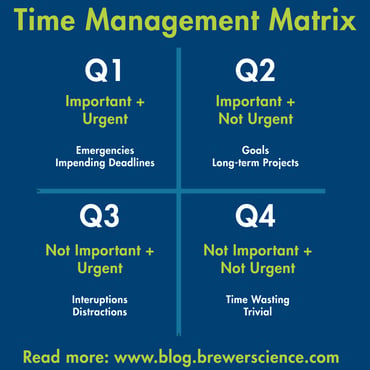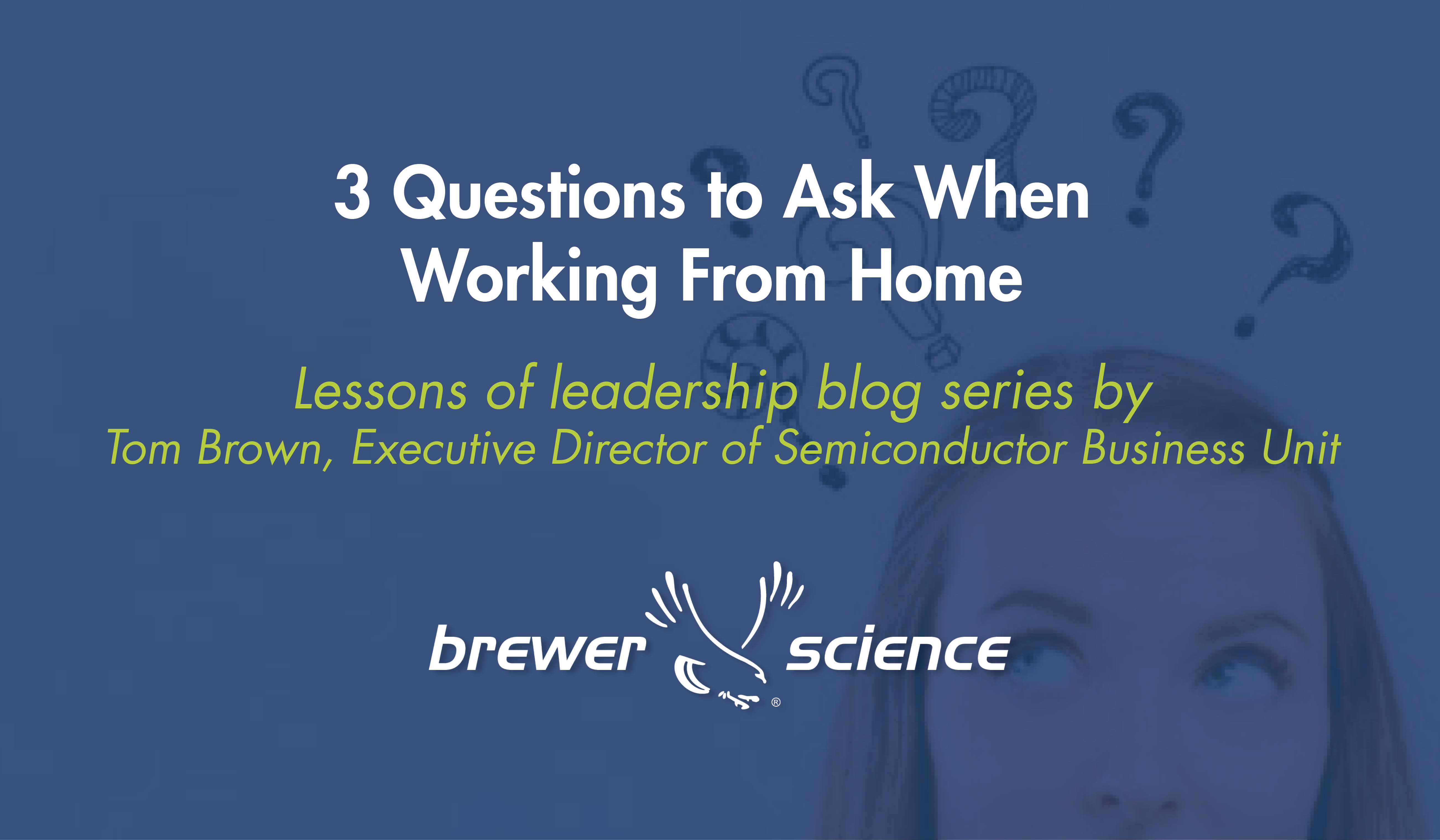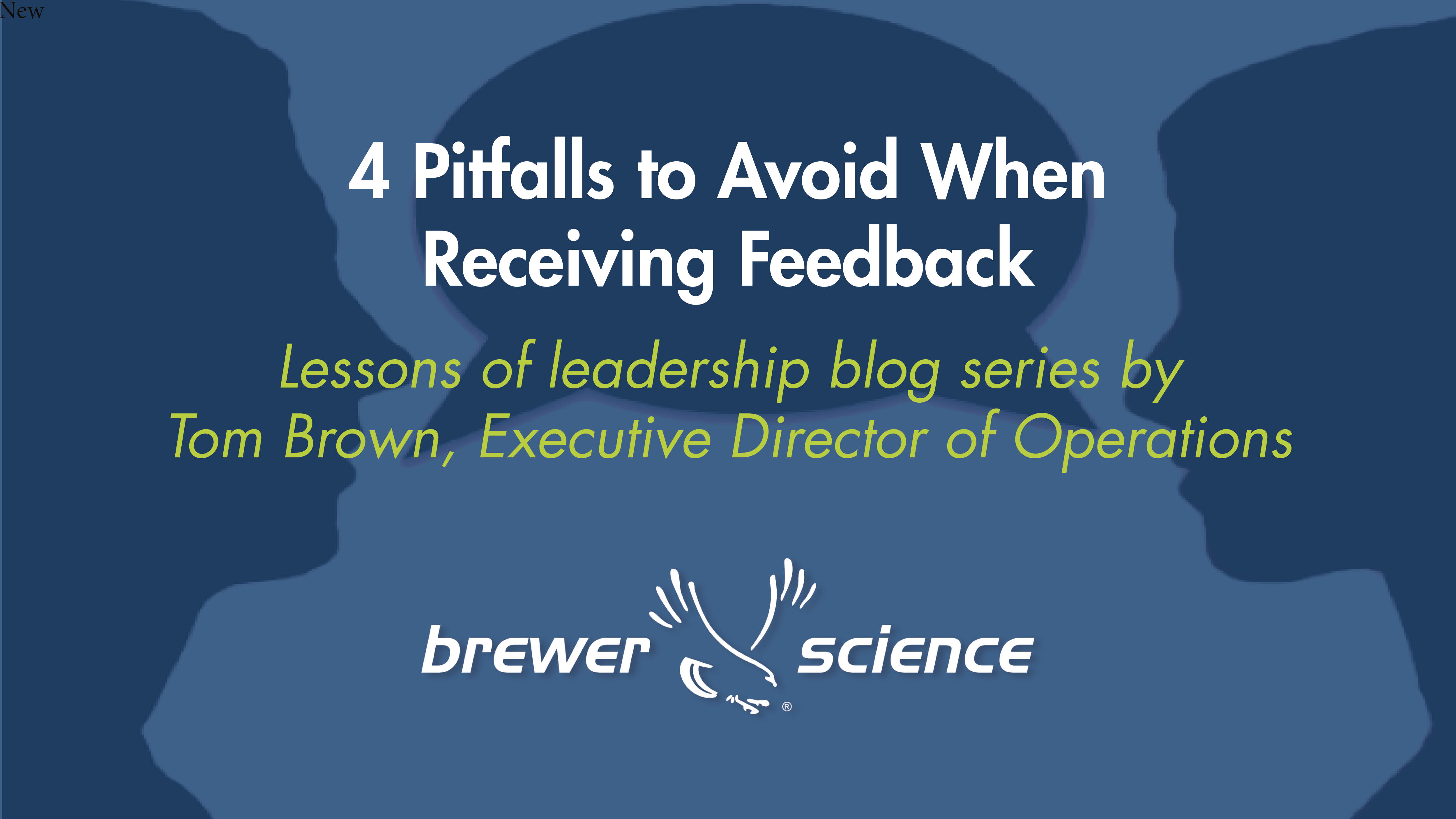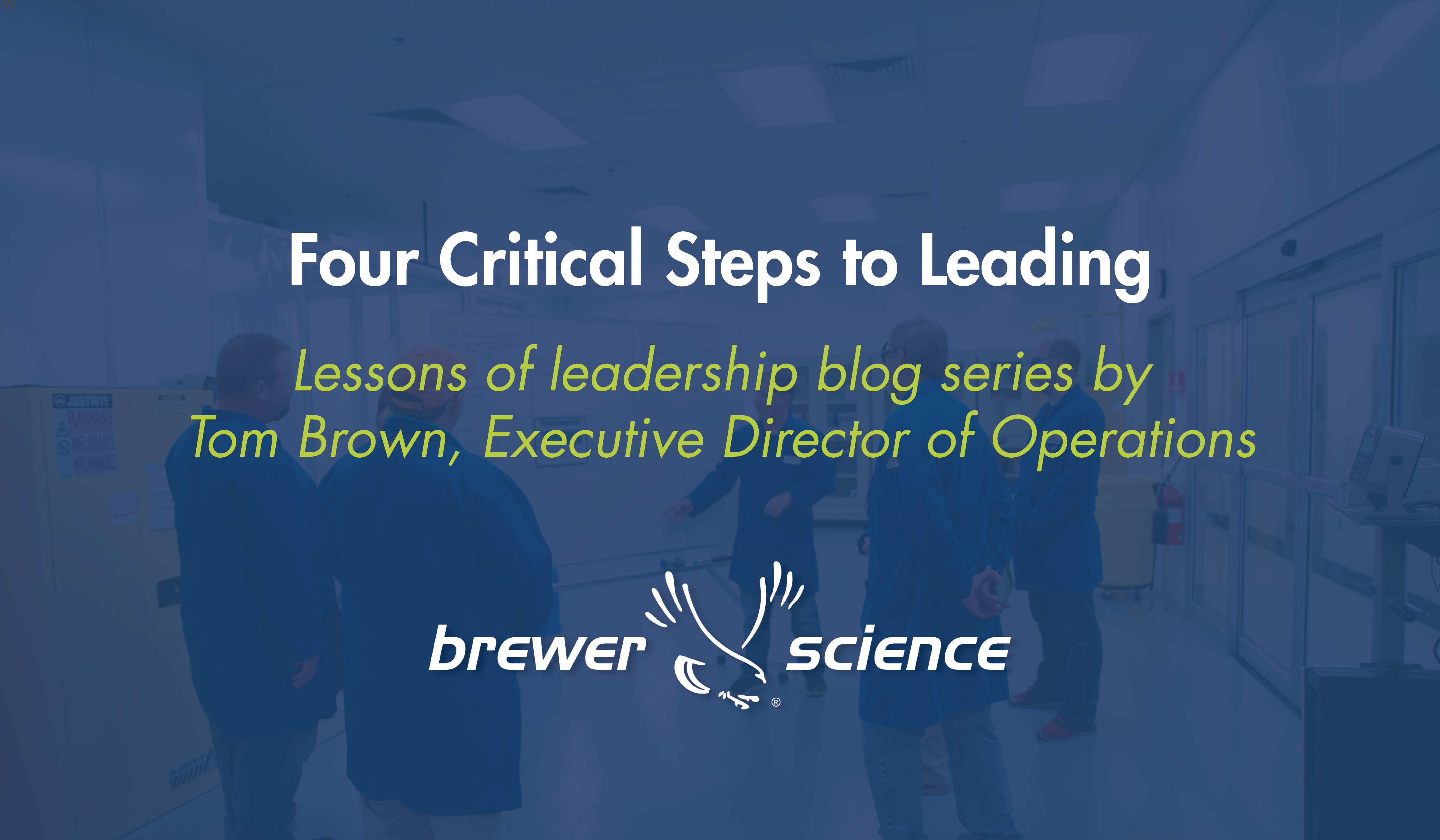As employees are transitioning back to office, here’s what you need to know
Join Tom Brown, Executive Director of Operations at Brewer Science, as he shares inspirational leadership advice and professional growth stories
Brewer Science is a global company that has international offices and remote employees since I was first hired in 1993. When the pandemic started in 2020, the company easily adapted to a remote/work-from-home structure. We have a company culture that thrives on change, in part due to the innovating and pioneering mindset the company was founded on. These cultural and business practices, combined with an empowered and entrepreneurial workforce, helped us thrive during the uncertainty brought about in 2020.
As we began to migrate back to the office and transition into a hybrid work environment, some of the challenges associated with the dual work environments have proved more challenging than the transition home. Here are five tips to help you adjust to the new hybrid working model.
Know What’s Important
We all have roles and responsibilities that we must perform as part of our work. You need to revisit those to make sure you are prioritizing the right things. Since being in the office, things may have changed, and the needs of your teams may have changed. You need to change your mindset from doing your job to doing the job that needs to be done.
Let the Time Management Matrix help you identify what is important and not important and then compare with what is urgent versus not urgent. This simple matrix has been used by numerous successful leaders, and first became known as the Eisenhower Matrix when the 34th US President referenced the concept in his 1954 speech stating, “I have two kinds of problems, the urgent and the important. The urgent are not important, and the important are never urgent.” Too often we are faced with irrelevant or in some cases a fog that gets confused for smoke and we are pulled away from what is important. Stay focused on what needs to be done and try to spend most of your time in the Important and Not-Urgent zone, referenced as quadrant 2.
Using the Time Management Matrix allows you to visualize your tasks, and efficiently act on the ones that are most urgent.
 In quadrant 1, you have your most important and urgent tasks. These are tasks with clear deadlines and significant consequences if not completed in a timely fashion. Its best to act on these tasks immediately.
In quadrant 1, you have your most important and urgent tasks. These are tasks with clear deadlines and significant consequences if not completed in a timely fashion. Its best to act on these tasks immediately.
In quadrant 2, you have important tasks, but not necessarily urgent. These are tasks with no set deadline, but they do bring you closer to your long-term goals. It’s best to schedule these tasks soon.
In quadrant 3, you have tasks that are not important, but they are urgent. These are tasks that need to be done, however they do not need your expertise to be completed. Therefore, these tasks are best to be delegated.
In quadrant 4, you have tasks that not important, nor are they urgent. They distract you from your preferred course and don’t add any measurable value. It’s best to delete these tasks.
Schedule for Success
As I began to trickle back into the office after being 100% work from home, I was surprised at the amount of time spent in unscheduled meetings as people would stop by to reconnect. While at first, I was frustrated that my day was being eaten up with conversations, I quickly realized that engaging with my team is one of my priorities. I needed to be available to them and present. I also realized that I needed to make sure my schedule allowed me to have as much impact as possible during my time in the office.
To help me identify the best way to manage my schedule, I made two columns on a piece of paper and in the left-hand column I listed out all the activities and meetings that I needed to do in-person. In the right column, I listed all the things that I could do remotely.
By reviewing this list, I was able to identify the critical meetings and was able to select those days to be on-site. The rest of my meetings I moved around to accommodate my new schedule. I also changed my expectations for when I am at work. My focus is to be engaged and present for my team members and NOT about getting tasks done.
Manage Interruptions
One of the great tools that I didn’t fully appreciate until the pandemic is the calendar. Prior to the pandemic the administrative staff educated me to the potential power of the calendar to aid me in productivity. Having someone manage my calendar prevented people from scheduling meetings that may not require my participation, or cram it between other meetings not providing adequate time to prepare.
Use your calendar. When working remotely, you realized quickly that you couldn’t just run down the hall and ask someone a question. Sending an email or message could easily be overlooked if they were not at their desk. Therefore, scheduling meetings became sometimes a necessary way to get someone’s attention. Do the same as you return to work. You can easily schedule 15- or 30-minute meetings to catch up on topics.
Block off time. Use your calendar to block off time to perform certain work. Treat the work time as if a meeting was scheduled and you don’t want to be late. The vice versa is true as well. Schedule time to simply be available. Allow that time to be for casual work where you can be interrupted.
Don’t be afraid to shut your door. When you are at work expect that people will swing by your office to chat about last night's game, the latest project or simply to say hi. If you have something that needs your undivided attention: shut the door and get to work. From my experience prior to the pandemic, a closed door really didn’t deter people from knocking to see if you were available. I put a small white board on my door and listed my days in the office and when I am working from home. On the board I left a simple instruction stating that if my door is closed, I’m busy and they would need to send a text. If it is open, come on in.
Stay Engaged
At the start of the pandemic, I was very impressed with the effort that people took to stay engaged. We created check-In meetings that were about connecting personally rather than professionally. We would have a few “happy hour” virtual meetings to connect for some after hour fun. The weekly Coffee and Conversations meeting connected around 170 people and despite the return to work, is still actively being used by the remote personnel.
As you return to the office, you need to make sure you engage your coworkers. We added quite a few employees that you have not yet met and might be struggling to identify our culture since they also have been remote. Find opportunities to visit the break rooms. Introduce yourself to people you do not recognize.
Create Intentional Interruptions. Take the time and make the time to connect with key individuals. I have long been doing 15-minute Walk and Talks to help me focus on the employee while also getting in my steps. I continued this virtually through the pandemic and now that I have returned to the office, I have started this back up in person.
Find Novel Ways. I started writing articles and blogs to connect with readers. I share personal stories and experiences to provide insight to my perspectives but also to provide some indirect guidance. They also may trigger a future conversation or engagement.
Measure and Self Reflect
I spoke about continuous improvement at a company meeting several years ago. I have a lot of enthusiasm on the topic, however I challenged some of my less enthusiastic peers to ask themselves a simple question: “If you are not trying to be better today than you were yesterday, then why are you here?”
Block off time to spend in reflection on your work and your life. You can be as in-depth as you need to be. As you return to work, you can assess if your time in the office and at home is providing the right impact. As you reflect on how you spend your day, ask yourself three questions:
- Is your Time Management Matrix still accurate?
- Has your purpose changed?
- Are you doing your job or the job that needs to be done?
Seek feedback from others. The more transparent you are, the greater the value of the feedback. Consider other perspectives. Ask you reflect on your perception from others, ask yourself these three questions:
- If you were another person, what would they see when they look at you?
- How would you interpret your actions?
- Do they feel that you are connecting with them?
A lot has changed since 2020 regarding how and where we work. Responding to the changes and growing in this hybrid environment will be key to moving our company forward. While the complexity associated with engaging others and building personal connections has increased, if we collectively focus on engaging others and intentionally put in the effort, we will be successful beyond today.
Brewer Science is a company that believes deeply in sustaining long-term success through value-based culture, diversity, and growth. Learn more about Brewer Science’s company culture.





Subscribe to Our Blog